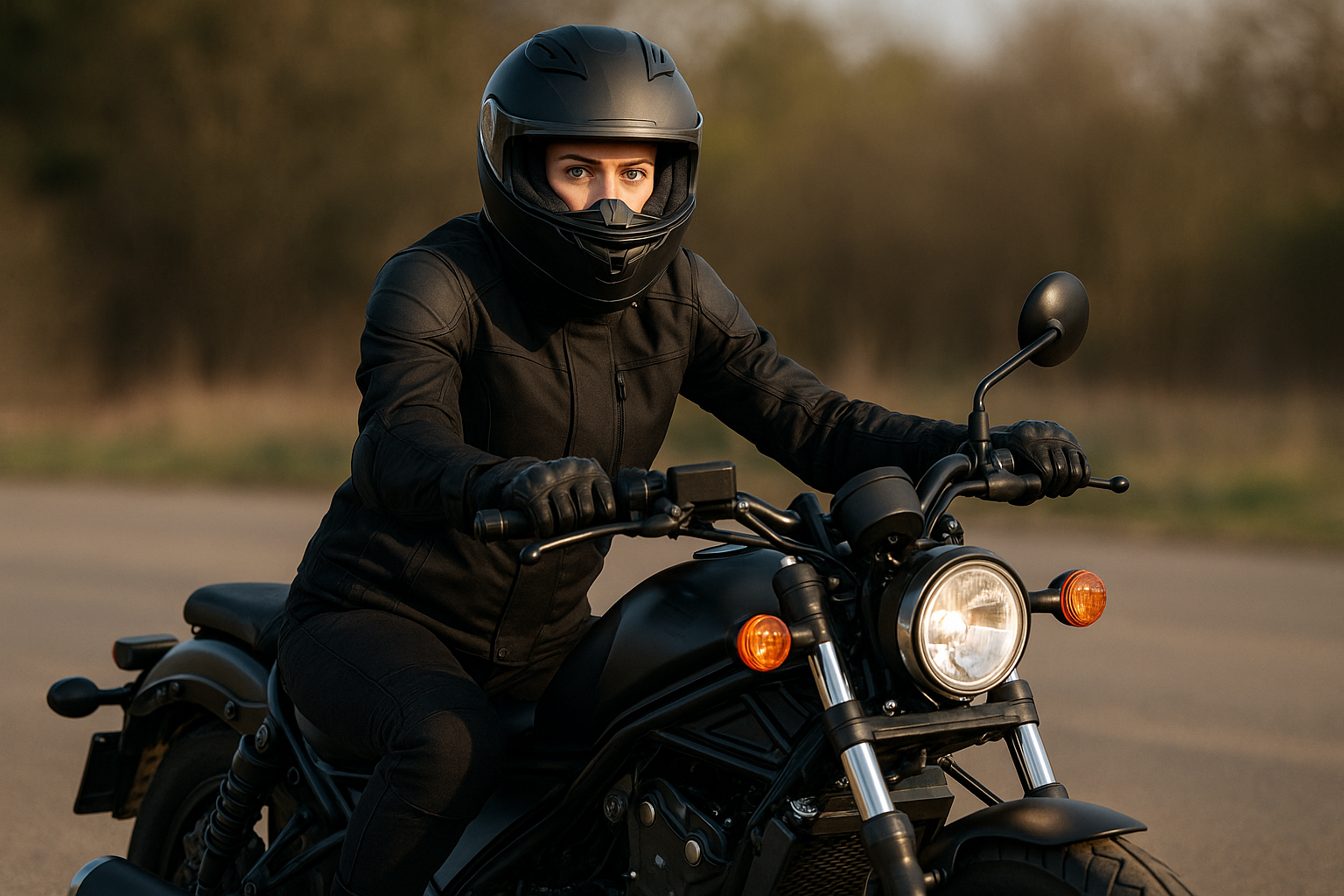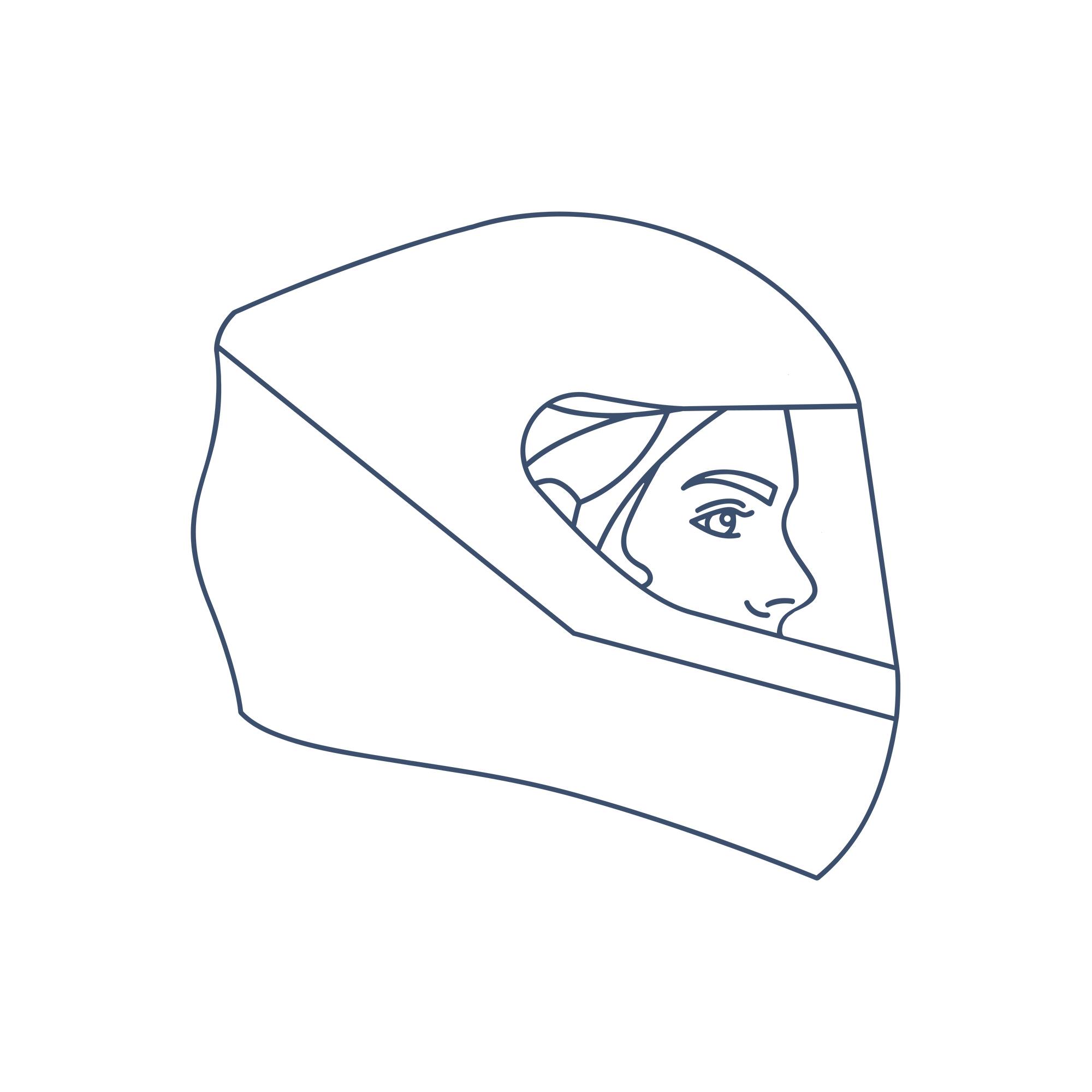Are you actually wearing the safest gear when you ride, or are you just hoping for the best? If that question hit a nerve, you're not alone. I’ve been riding for years now, and one thing I keep seeing over and over is people thinking they’re protected when they’re really not. And that scares me, honestly. Because this isn’t a hobby where you get a second chance if something goes wrong. Let’s get into what actually makes motorcycle clothing safe, and what to look for so you’re not left guessing.
What counts as protective motorcycle clothing
I’ve had so many conversations with other riders who assume that a leather jacket and a pair of jeans are “good enough.” They’re not. *Not even close.* The safest motorcycle clothing is stuff that’s been **CE-rated**, meaning it’s gone through actual safety testing impact, abrasion, tear resistance. That little tag isn’t decoration. If your jacket doesn’t have armour (and not the cheap foam kind), you’re just wearing a nice windbreaker. Here’s a great guide that explains the testing process that goes into proper motorcycle gear. And this is why I stock brands like *MotoGirl*, because their gear isn’t just stylish it’s also *certified for real-world protection*.
[collection-carousel="motogirl"]
Let’s talk abrasion resistance
One of the biggest things I’ve learned is that **abrasion resistance is your best friend** in a slide. It’s the difference between walking away with a bruise or needing skin grafts. Textile jackets have come a long way, especially the ones that are *single-layer with abrasion-resistant weaves*. That’s not fluff. That’s tech. And yes, there’s *actual science* behind how long fabrics can hold up against tarmac. There’s a full study here that breaks down how well different materials perform. Definitely worth a read.
[collection-carousel="textile-jackets"]
The deal with body armour
Let me say this loud: *armour is non-negotiable.* I don’t care how tough your jeans feel - if they don’t have proper CE Level 1 or 2 armour at the knees and hips, they’re not real motorcycle pants. I wear CE Level 2 in my shoulders, elbows, back, knees, and hips. And yes, I’ve crashed before. My jacket took the hit. My knees bent with the impact. But everything *held up*. That gear saved me from months of recovery. You can also get lightweight armour in things like *armoured baselayers*, so there’s really no excuse to ride without it.
[collection-carousel="armoured-baselayers"]
Weather-specific gear is part of safety too
A lot of people forget this part, but if you’re soaking wet and freezing cold, your reaction time drops. Your body tenses up. You make mistakes. *Being dry and warm isn’t a luxury it’s smart riding.* That’s why I always recommend riding with *waterproof motorcycle gear* during colder months, and breathable options in the summer that don’t skimp on protection.
[collection-carousel="waterproof-motorcycle-gear"]
[collection-carousel="summer-motorcycle-gear"]
There’s more on that in this piece I wrote about waterproof gear.
Don't forget the basics like helmets and gloves
We also provide motorcycle helmets that meet Australian safety standards, and we never compromise on quality. *It’s the one thing protecting your brain why risk it?* Your hands are also often the first thing to hit the ground in a crash. That's why I ride with CE-certified motorcycle gloves every single time.
[collection-carousel="motorcycle-helmets"]
[collection-carousel="womens-motorcycle-gloves"]
Why proper fit matters more than you think
Here’s something that *doesn’t* get talked about enough: **fit is safety**. If your armour shifts when you move, it’s not doing its job. That’s why I’m so fussy about gear that actually fits women’s bodies. It’s also why I put together this post about the difference between men’s and women’s gear. You should never have to compromise on style or safety just because the fit is wrong.
How I choose gear for the shop
When I’m deciding what gear makes it to our shelves, I’m always asking: *Would I trust this with my skin?* If the answer’s no, I don’t stock it. I also make sure it lines up with safety ratings, rider feedback, and real-world experience. That includes reviews, crash reports, and even the debates people have online about gear choices *those convos are gold.* And while some riders might argue about textile vs leather, the truth is both can be incredibly safe *if they’re built right*. There’s no one-size-fits-all. There’s only what works for you, your ride, and your comfort.
Where to start if you're overwhelmed
If you’re feeling unsure where to begin, start with the *core three*: a CE-rated jacket, pants, and helmet. Add gloves and boots as soon as you can. You don’t need to buy it all at once. You just need to *build your kit around protection*. Everything else is secondary. There’s *more gear than ever* designed for real protection, and we’re proud to be the Australian distributor for brands like MotoGirl. You’ll find them (and plenty more) on our shelves.
[collection-carousel="motorcycle-protective-gear"]
[collection-carousel="womens-motorcycle-gear"]
Some useful links if you're still doing research
Here’s a breakdown from QLD Transport on safe motorcycle gear. Here’s another piece from Victoria's TAC. Here’s MotoCAP’s testing data if you want to go full nerd. And here’s a US-based legal resource that breaks down different gear types.
Want help finding the safest gear for you?
Reach out to us at our contact page and we’ll help you figure it out. No pressure. Just honest advice from someone who actually rides. Because at the end of the day, if something goes wrong, it’s your gear that’ll take the hit not you.









